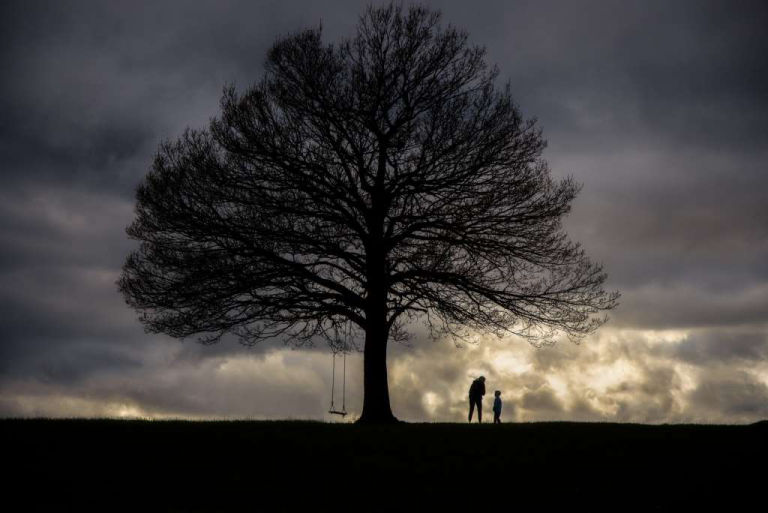🏛 The Things That Survive
They blew up the first Pasadena State Bank building today.
Yes, I know today we call it an implosion. But this was a building of the 1960s, and in my youth, turning a 12-story steel and concrete tower into dust meant you blew it up.
🏦 More Than a Bank
Growing up in Pasadena, First Pasadena State Bank was a fixture—not just of my own formative years but of the entire town’s rhythm. Even before the skyscraper opened its doors in 1963, my father banked with their original location in old Pasadena.
Decades later, I found a thick stack of his cancelled mortgage checks, neatly bound with rubber bands. It stunned me—360 physical affirmations of his timely payments across three decades. His first check? No account numbers. Just his name printed at the top. Back then, I guess banking—like life—was more personal.
🍬 The Lollipop Economy
In the early ’60s, I’d tag along with my father on Fridays to deposit his paycheck. The tellers usually handed lollipops to children, which made the outing feel like a mini celebration. But on the days they didn’t? The disappointment was real.
My father never let me ask for the candy. He believed in quiet dignity, in not asking for things—even small ones. Candy, like much of what I wanted, cost money. And he didn’t spend easily.
🚗 A Teenager’s View
My first job was across the street at Globe—a big, slightly shabby discount store that was like a proto-Walmart of the 1970s. Stepping out of my rusted ’72 Vega in the Globe lot, I’d admire the Frank Lloyd Wright-inspired bank across the way and Foley’s Department Store beside it.
We rarely set foot inside Foley’s. “Prices high as a cat’s back,” my dad used to say. So we shopped with the rest of the commoners—Globe, sometimes Sears down the street.
💸 Five Bucks of Freedom
As a teenager, I deposited paychecks from Globe and later from washing dishes at the Sears coffee shop. I learned how not to manage a checking account. Then, slowly, how to handle money with care.
I could walk into that vast lobby, choose among a dozen tellers, and withdraw $5. That was walking-around money—enough for a few meals and a Coke, as long as a new album wasn’t on my radar.
🌭 Hot Dogs & Sleep Most nights after closing at Globe, I’d swing through Der Wienerschnitzel nearby—a quirky drive-thru A-frame where I’d order three hot dogs with mustard, onions, and a gravy pretending to be chili. I’d wash it down with Dr. Pepper and sleep like royalty.
Ah, the blissful days before we knew (or cared) what we were eating.
💳 The ATM Age
After marrying in 1980, I experienced another milestone—my first ATM withdrawal at First Pasadena. Ten bucks felt monumental when you could get it anytime. Even though our card worked at just one machine, it was technology wrapped in wonder.
⏳ Buildings Fade, Memories Don’t
Time passed. Globe disappeared. Der Wienerschnitzel closed. Sears shuttered. The once-proud bank changed names and owners again and again. Eventually, it stood vacant and for many years it was just a sad relic of what once was.
The building that once pointed toward the sky felt like it had been pointing to something bigger—for Pasadena, and for me. In my youth, I believed we could be anything. I believed I could be anything.
The journey since then has been full of challenges and victories. Not the kind measured in skyscrapers or bank balances, but the kind etched into a life of perseverance, grace, and purpose.
🙏 What Can’t Be Imploded
Today, the tower is gone. But the wonder it held for me as a child what it held for me is untouched. Some things can be reduced to rubble, but for me, the most valuable things in life are untouchable.
After nearly 6 decades of life, I stand back and consider the great blessings God has poured out on me, and I marvel at the lasting things that can’t be imploded.”


